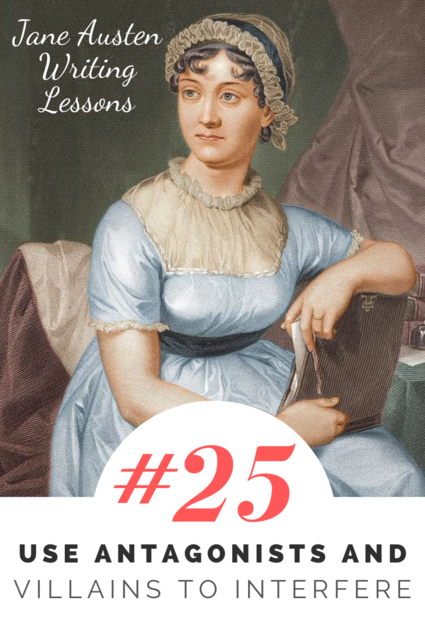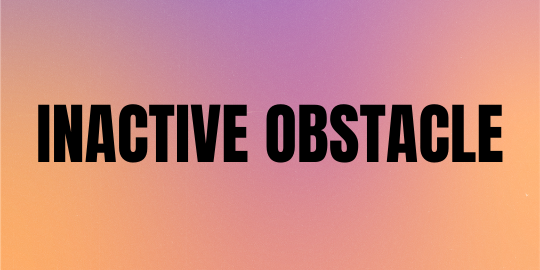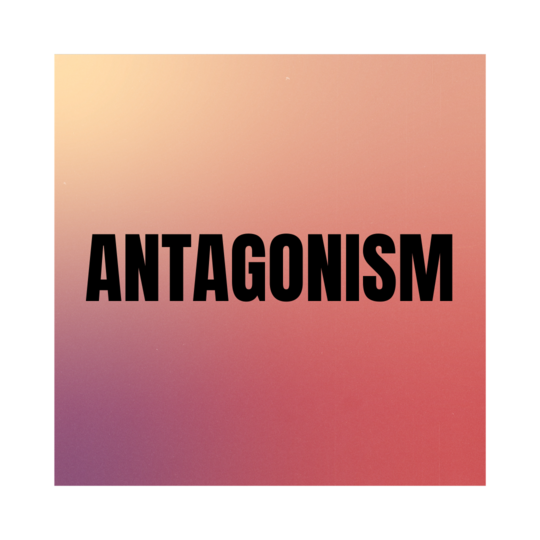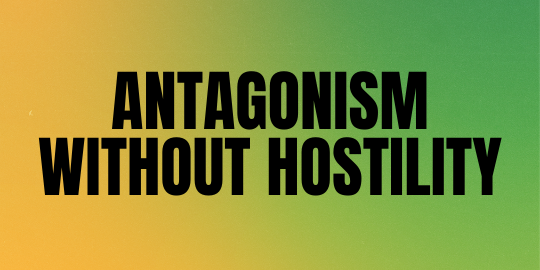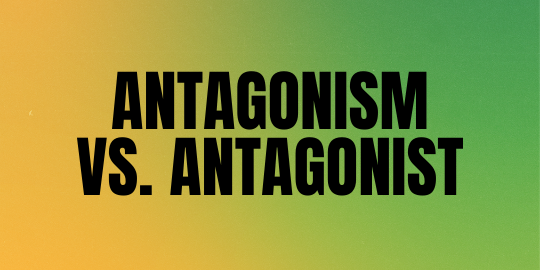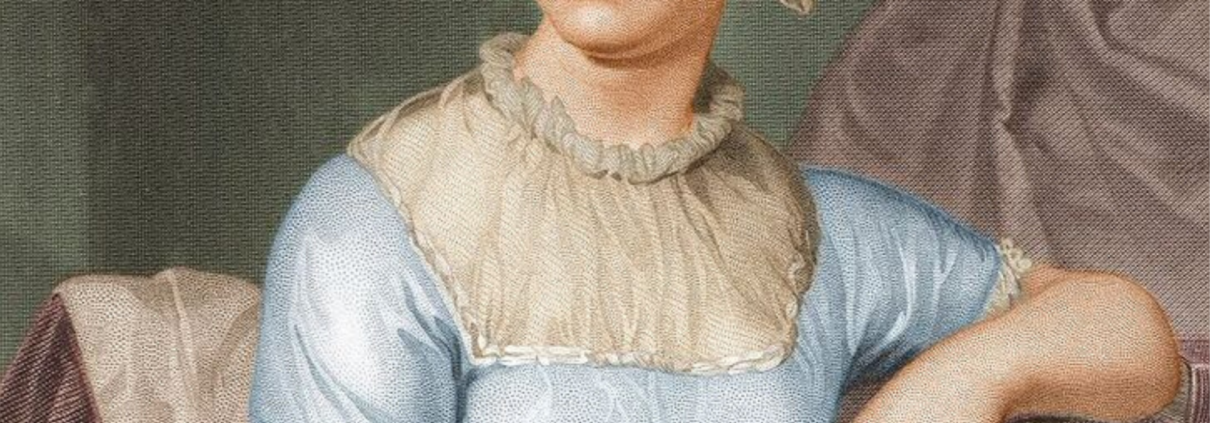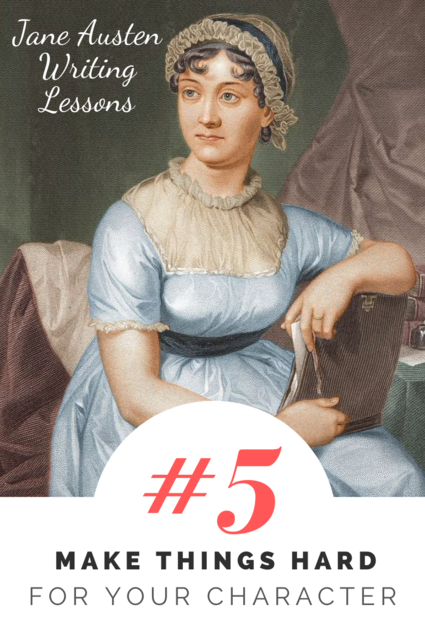#25: Use Antagonists and Villains to Interfere
A number of books and blog posts on writing talk about creating a single main antagonist or villain, who actively works in opposition to the main character over the course of the story.
Yet this isn’t how Jane Austen uses antagonists and villains in her novels. Many of her books don’t have a primary antagonist. And only a few of her books have villains—there’s even some debate over whether any of her characters qualify as villains at all.
Over the coming weeks, we’re going to explore how Jane Austen uses obstacles, antagonists, and villains with great effect. Some of my personal favorites in terms of Austen characters fall into these categories—Lady Catherine de Bourgh, Willoughby, Jane Fairfax, and even Mr. Knightley (yes, he definitely acts as an antagonist!).
This week we’re going to define some of the key terms related to obstacles, antagonists, and villains in a way that helps us understand how Jane Austen uses them and how we can use them in our own writing. Examples will come from Austen’s novel Mansfield Park.
Obstacles
Obstacle=something which gets in the way of the character as they go on their journey. This may be a challenge, a physical or emotional impediment, or anything which must be overcome in order for the characters wants and needs to be met.
I talked about obstacles in two previous posts. In Make Things Hard for Your Character I discussed three types of challenges: external obstacles, successes/triumphs, and internal flaws/challenges. The post on creating character arcs also discusses obstacles, albeit a little more indirectly.
In Mansfield Park, an example of an obstacle is when Fanny Price’s horse dies. Suddenly she has no way to exercise, which has a huge negative impact on her health, and perhaps more seriously, she loses the small amount of autonomy, independence, and freedom she had because of her horse.
Obstacles can be inactive or active.
Inactive Obstacle: a present and existing obstacle which is a challenge for the character, but does not have active force applied to create this challenge.
One of Fanny’s sources of inactive opposition is her poverty. Her poverty makes her beholden to her uncle and aunts, and it robs her of power and decision-making. This poverty is not something that has changed over time, and there seems to be no way that it could change. No one is actively making her poor, no single event has created this poverty—it’s just the way it is.
Active Obstacle: an obstacle which includes the active application of negative force on a character. This can be a one-time obstacle, an obstacle that happens multiple times, or an obstacle that happens continuously.
One example of the active obstacle is the choice of her cousins and their friends to perform what to her is a rather objectionable play. Then they try to force her to act in it against her wishes.
Another active obstacle, which is more continuous, is Henry Crawford’s proposal. Crawford devotes huge amounts of time attempting to manipulate Fanny, and Fanny’s uncle, Lord Bertram, also convinces her to accept the proposal and punishes her when she does not.
Antagonism
Antagonism=active opposition to a character, often with hostility.
According to the New Oxford American Dictionary, in the field of biochemistry, antagonism “inhibition or interference with the action of one substance or organism by another.” To me this is really useful for stories, particularly the sense of “inhibition or interference” of someone’s actions.
Whenever one character opposes another character, whenever a character inhibits or interferes with another characters actions, they are showing antagonism.
Antagonism with hostility – Much antagonism is accompanied by hostility, which includes negative emotion, often unfriendliness.
An example of characters that show antagonism with hostility are Lord and Lady Bertram. They feeling that Fanny should be treated as lesser and separate than their children, and that she should be reminded of all she has been given that she does not deserve. This results in many things, including her sleeping in a cold room in the attic (with no fire in the winter!), apart from the rest of the family.
Antagonism without hostility – some antagonism or active opposition occurs without any hostility or ill-will.
Edmund, Fanny’s cousin, is her closest friend and confidante. And yet he does things which inhibit and oppose Fanny, though with no ill will. When the horse she uses dies, he gets her a new horse to use, but then he lends it out constantly to his love interest, which inhibits Fanny. Edmund also tries to get Fanny to marry Henry Crawford, and does not listen to her perspective or her reasoning for not wanting to marry Crawford.
Antagonism vs. Antagonist
I’ve included antagonism as a separate category than an antagonist, because while all antagonists manifest antagonism, not all characters who manifest antagonism at some point in a story are true antagonists.
Personally, I would categorize Lord Bertram as an antagonist, because he truly is actively opposing Fanny on a regular basis, while I would categorize Lady Bertram and Edmund simply as characters sometimes behaving with antagonism to the main character.
Antagonist
Antagonist – a person who actively opposes the main character and tries to interfere with them achieving their wants and needs, typically over multiple scenes or a large portion of the story.
An example of this is Mrs. Norris.
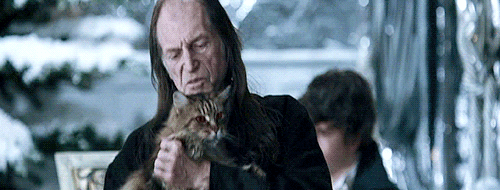
I’m not talking about the cat in Harry Potter (though I’ve heard that the Mansfield Park character is the namesake for the Harry Potter antagonist, which makes me very happy). I’m talking about Fanny’s aunt.
Despite all their years in close proximity, Mrs. Norris never gives Fanny any love. She is constantly belittling, disregarding, and mistreating Fanny. She attempts to put Fanny in her place, and at times even threatens her at times. Not only does she make Fanny’s life miserable, she also influences others to mistreat Fanny.
Villain
Villain – an antagonist who causes significant, lasting, and often irreversible harm in the main character’s life or in the lives of those the main character cares deeply about.
Henry Crawford decides to make Fanny love him as a sort of game, simply because she’s the only unwed female who isn’t interested in him. Thus begins his manipulations, and his antagonism/interference in Fanny’s life.
Ultimately [SPOILERS IN THIS SENTENCE!] he ends up seducing Fanny’s cousin Maria Bertram, and not long after Maria’s marriage they elope together. This brings shame to the whole family, and, because it’s the Regency, “ruins” Maria.
(Some readers classify Henry Crawford as an antagonist but not a villain. Other people find him to be the most interesting character, and some authors have even written fanfiction in which he does end up with Fanny and they’re both happy as a result. He does fit well into the “loveable bad boy” archetype.)
In Conclusion
There’s a lot of reasons to use obstacles, antagonism, antagonists, and villains, some of which I talked about in the post on making things hard for your character. There are three key reasons that I’d like to highlight today.
Reasons to use obstacles, antagonism, antagonists, and villains:
- To apply pressure to your character. Only with pressure and challenge can a character change, grow, and prove themselves.
- Story is conflict, and one of the most powerful forms of conflict comes through these sorts of opposition. Antagonists and villains in particular actively interfere with the character’s internal and external journeys.
- It creates verisimilitude to life. All people are on paths, striving, and often our paths interfere with each other.
Next week we’ll go in depth on motives for antagonism. In the coming weeks, we’ll also talk about shifting, temporary, and minor antagonists; unusual antagonists; giving antagonists redeeming characteristics; and specific impacts that antagonists have on both plot and character.
Exercise 1: Make a list of your favorite antagonists and villains from books, movies, or any other stories. Which ones or antagonists? Which ones are villains? Why do you like them?
Exercise 2: Hobby Trouble
Choose a character name and give your new character a hobby—knitting or fencing, stamp collecting or competitive cheesemaking, or anything else. Now write a scene in which antagonism is shown towards the main character and their hobby. This should be opposition, large or small, to the hobby or some aspect of it, or it could be something that inhibits or interferes with the hobby. First the character should receive this sort of interference from some sort of enemy or adverstary, someone who has hostile or unfriendly intent. Then the character should receive some sort of antagonism or interference from a friend or a loved one. As you write this scene, consider how your character will react differently depending on who is providing the antagonism.
Exercise 3: From Antagonist to Villain
Take a story you have written and choose one of your antagonists. Brainstorm what you could do to shift this character from an antagonist to a villain (using the definitions of antagonist and villain provided in this post).
As an alternative, do the reverse and choose a villain you have written. Brainstorm what you could do to shift this character from a villain to an antagonist.

